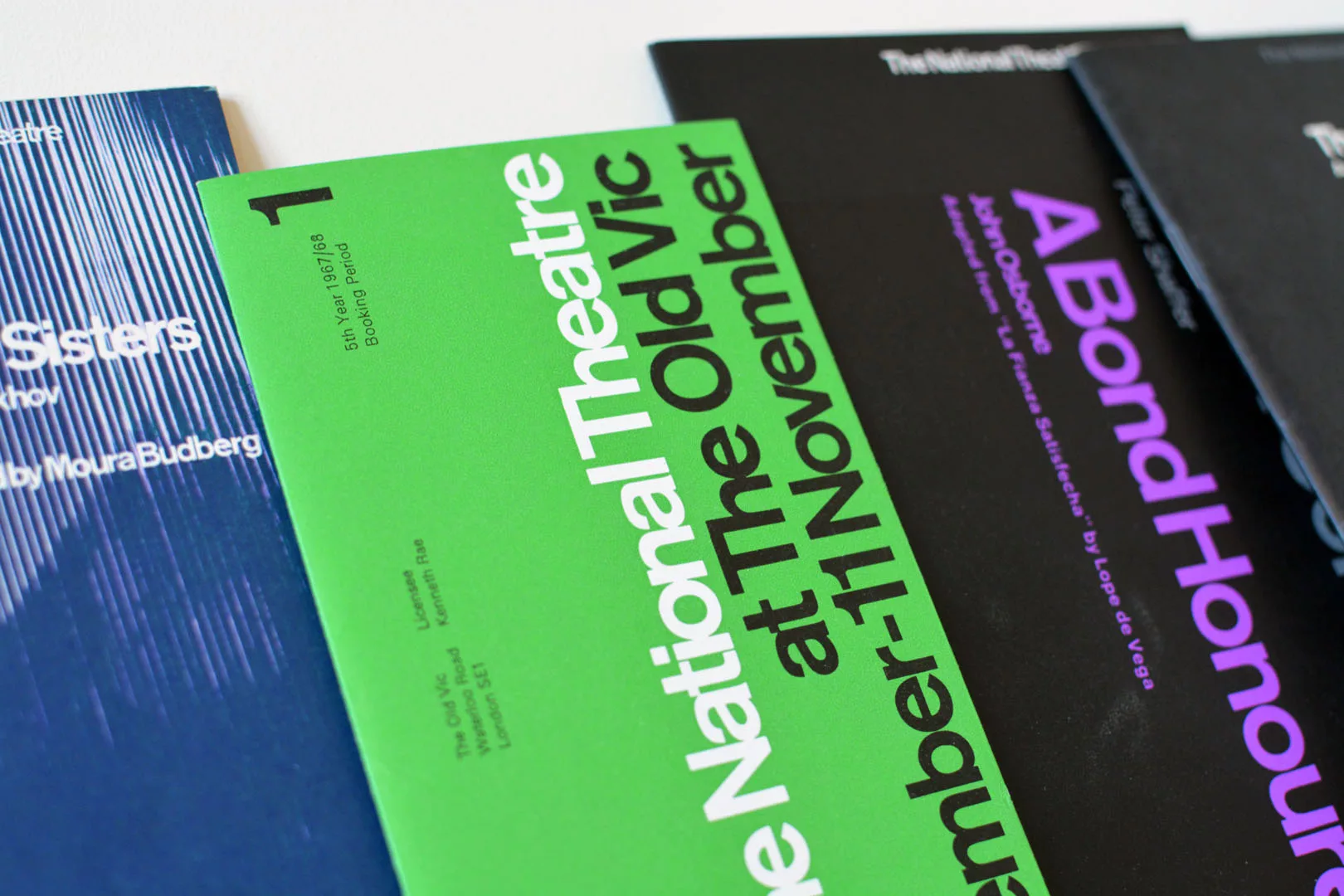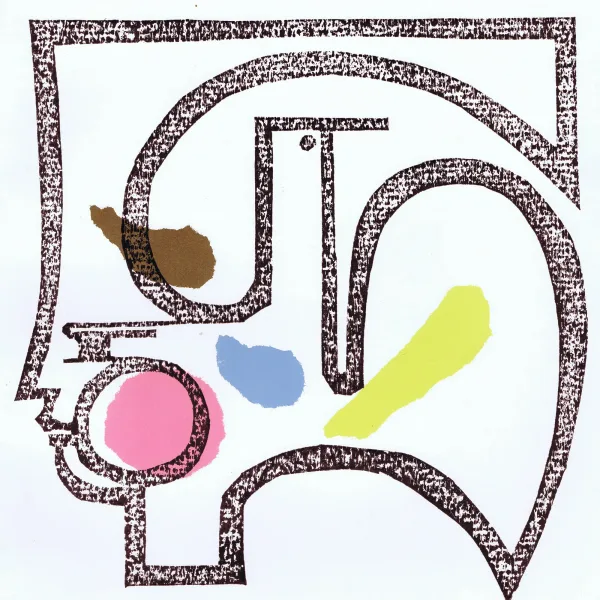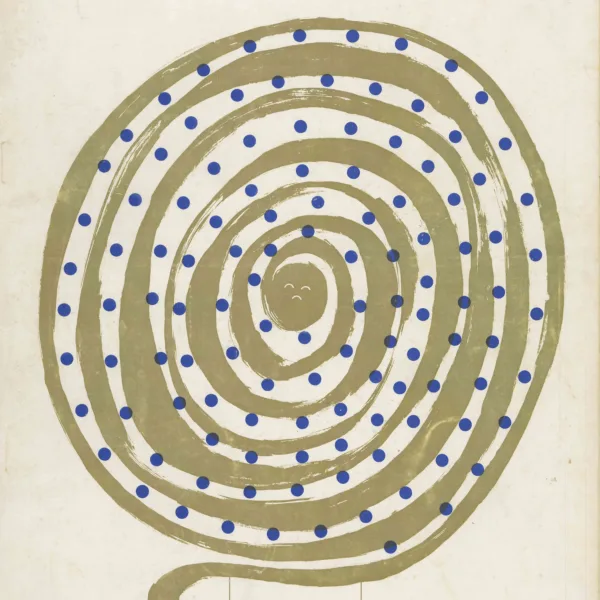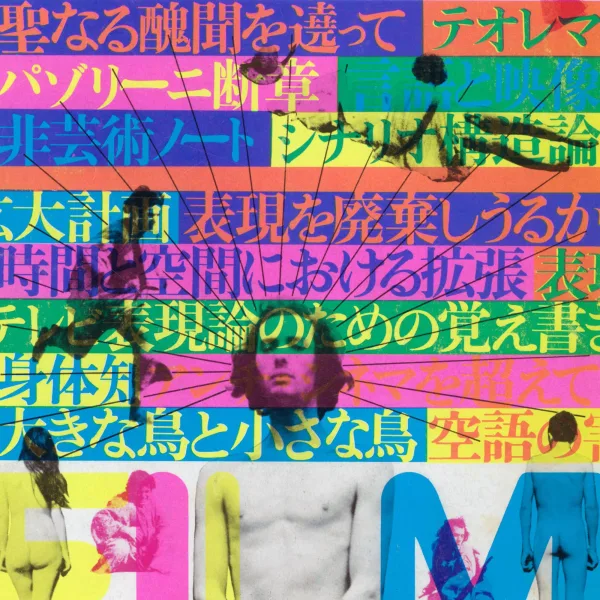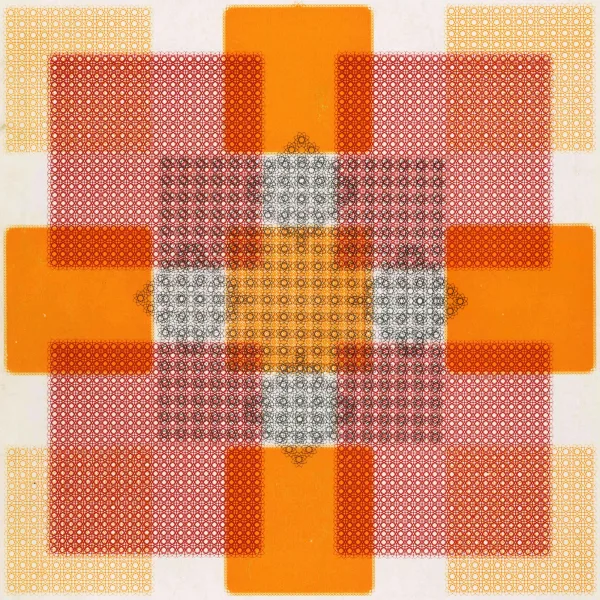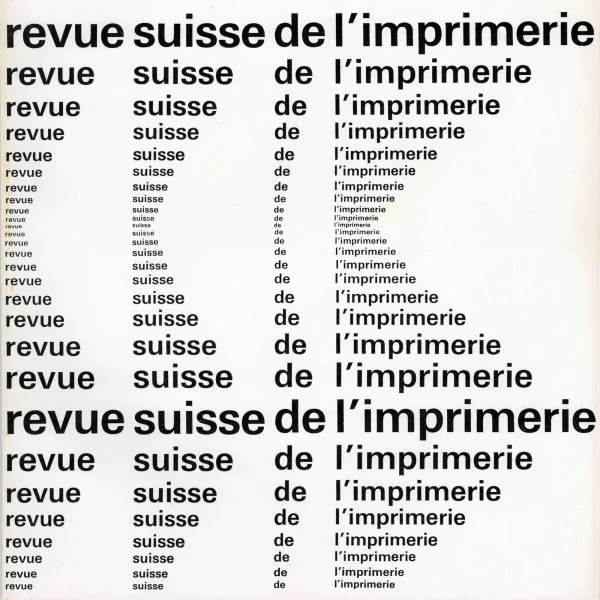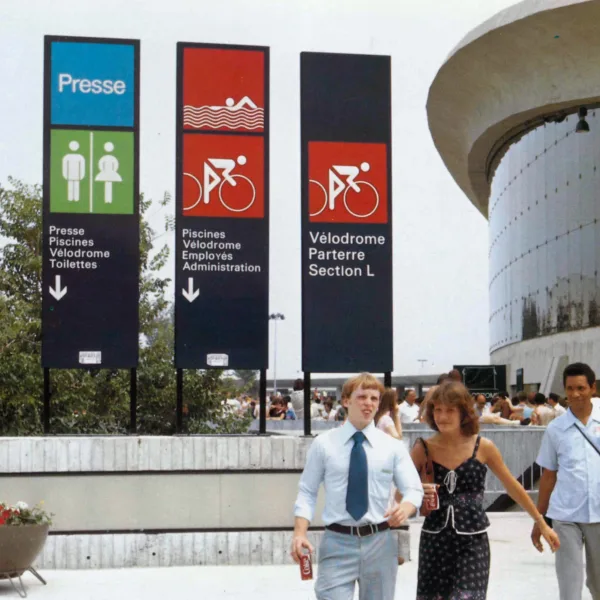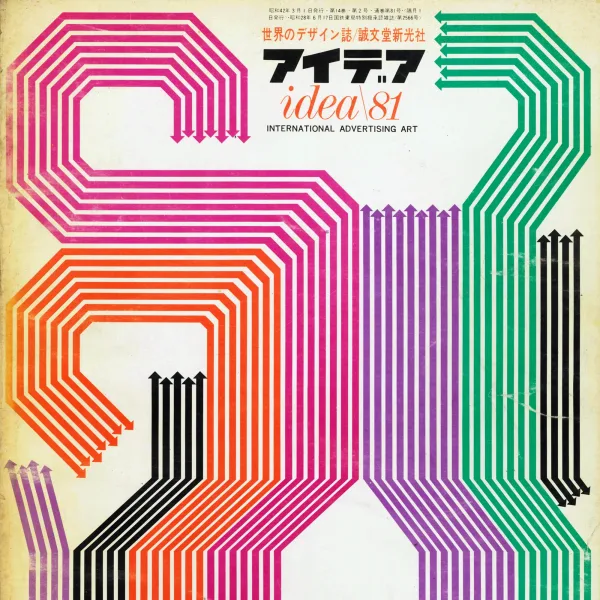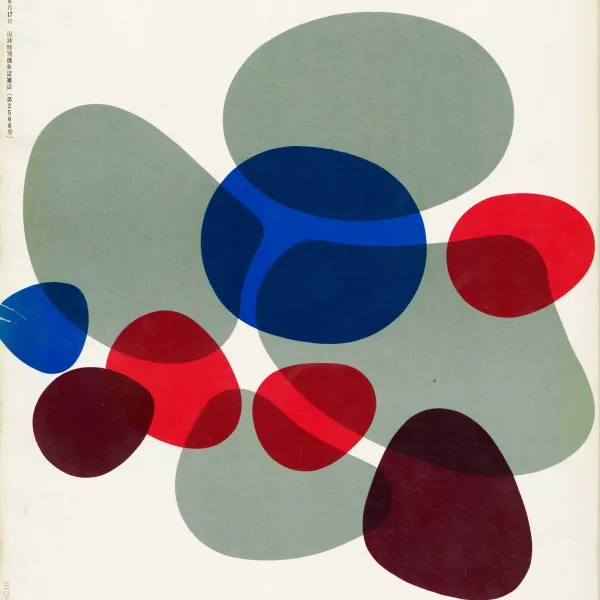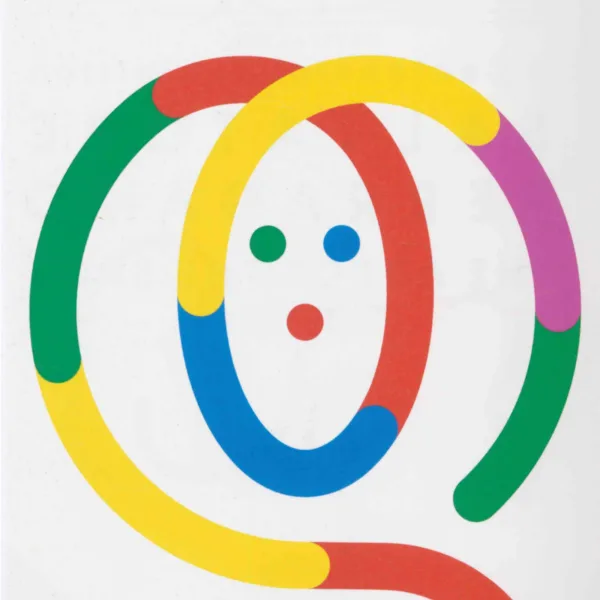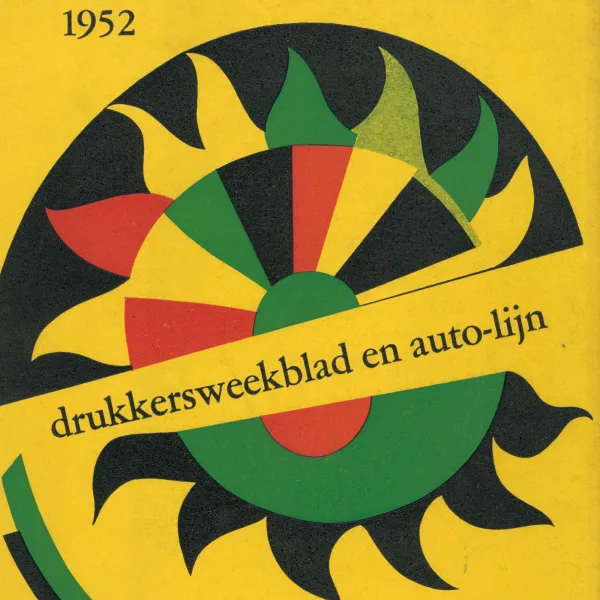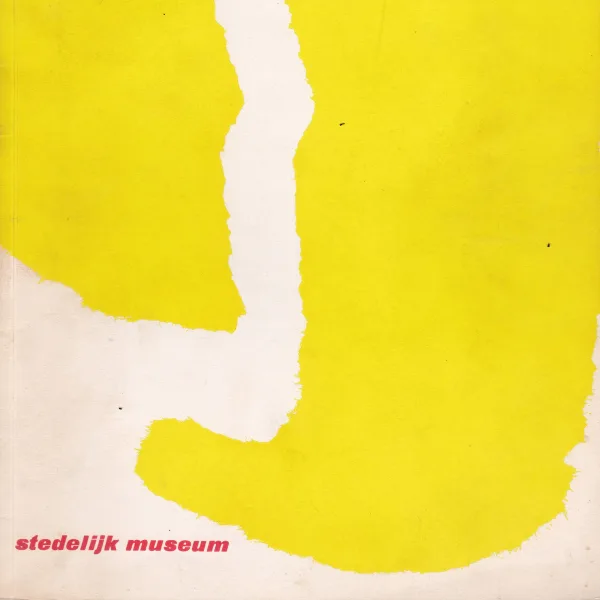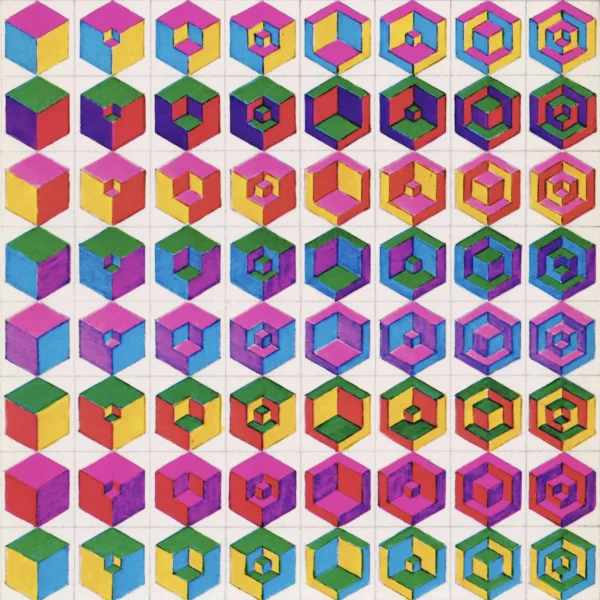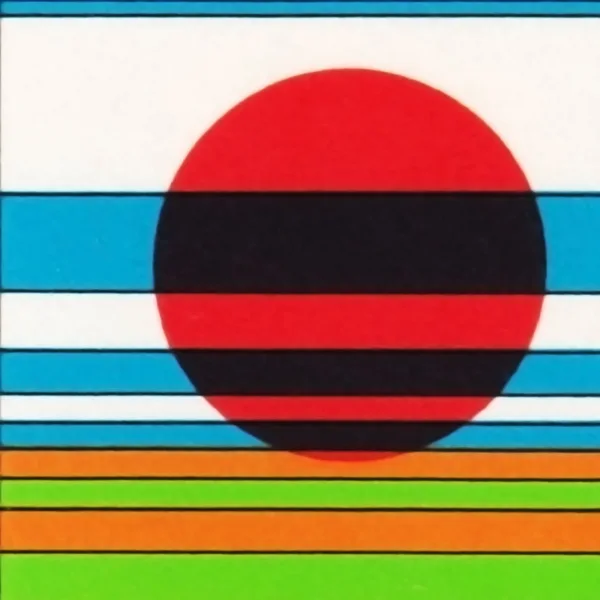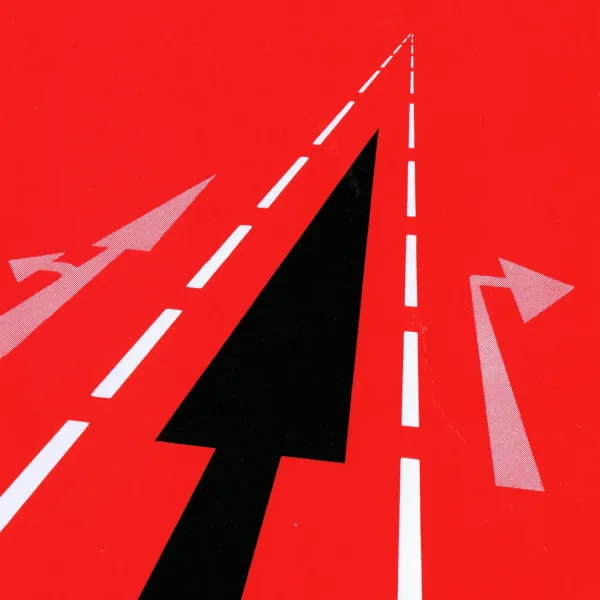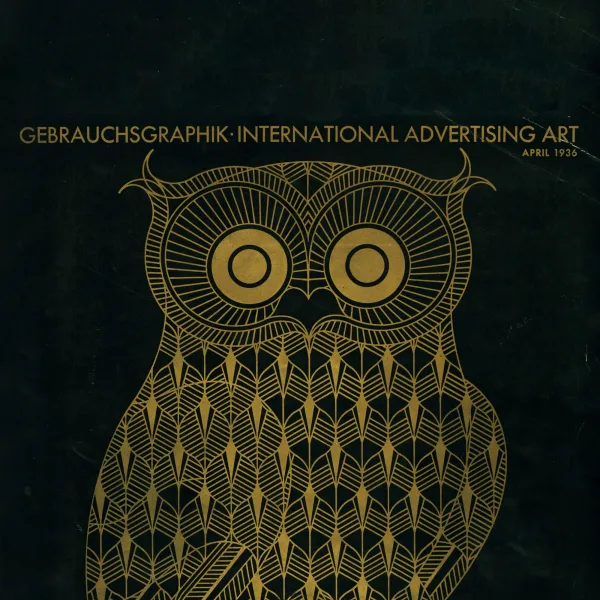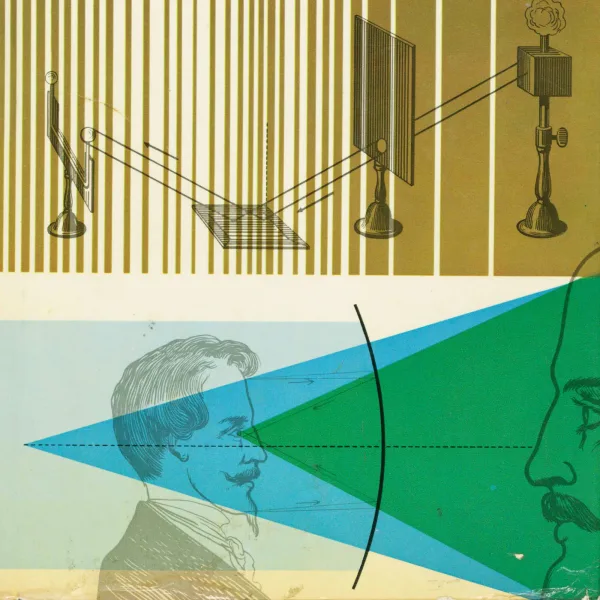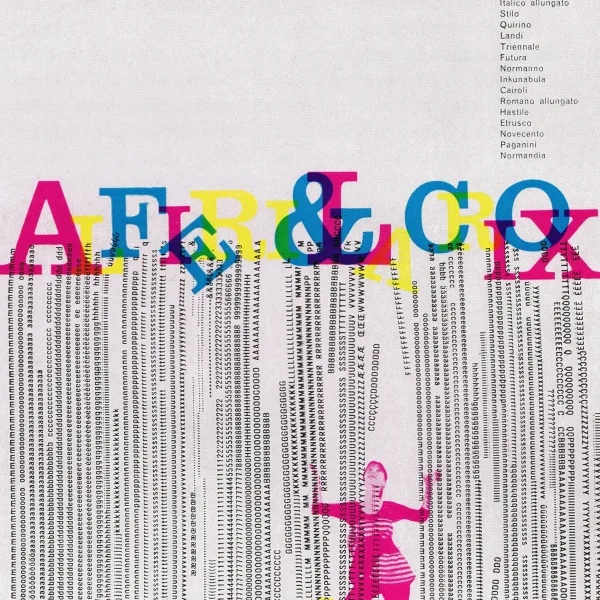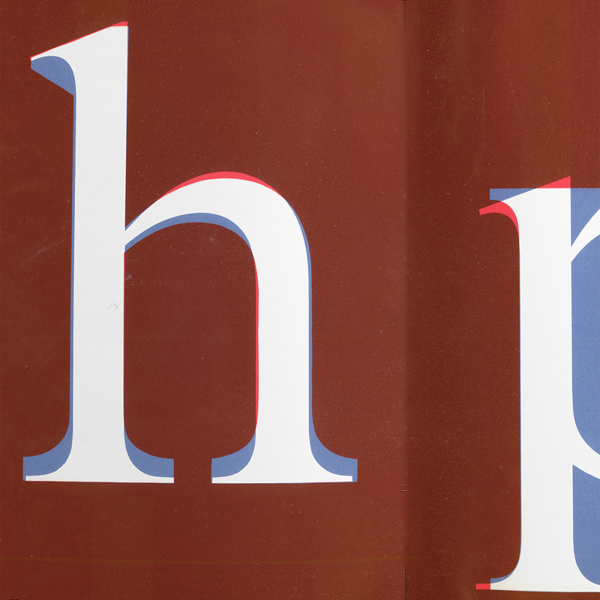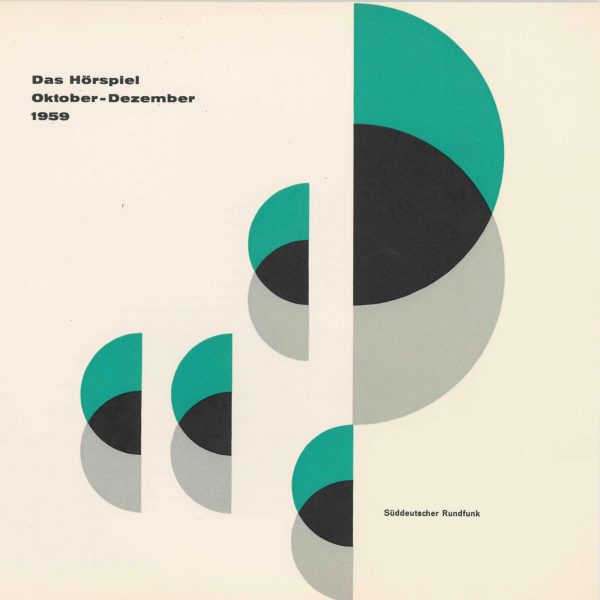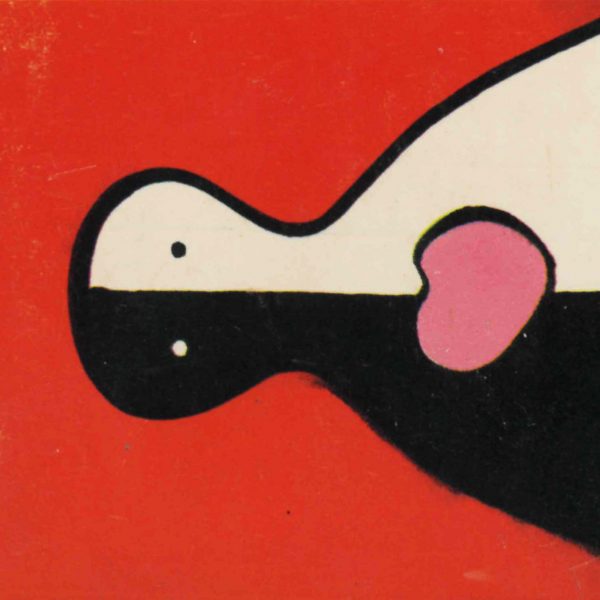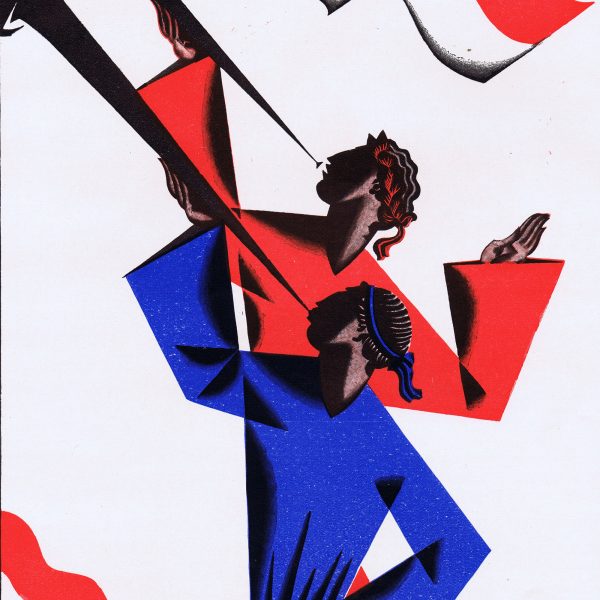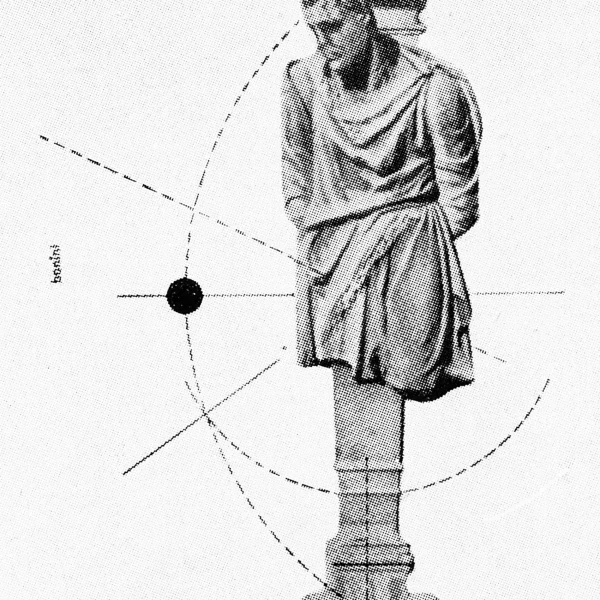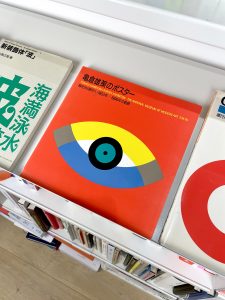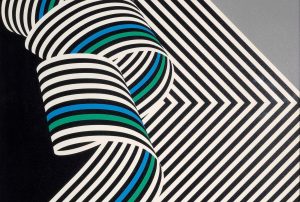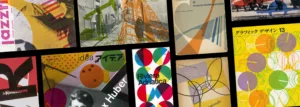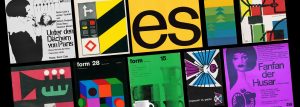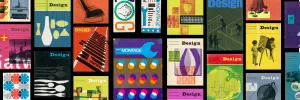Members Content
- Design Archive Feature, Members Only Content
Tadashi Ohashi was at the forefront of Japan's postwar design movement, with his illustrations widely celebrated. In 1952, he became the chief designer for Meiji Seika Confectionery, producing some of his most renowned work.
Members Content
- Design Archive Feature, Members Only Content
Max Huber was born in 1919 in Switzerland. He studied at the Kunstgewerbeschule (School of Arts and Crafts) in Zurich where he excelled in graphic design and photography.
Huber worked across advertising, packaging, design and industrial design. He had a distinctive style that skillfully blended bright hues with photomontage.
Members Content
- Design Archive Feature, Members Only Content
Ryuichi Yamashiro (山城隆) was a Japanese graphic designer and artist, born in Osaka in 1920. He belonged to the same generation of pioneering Japanese designers as Kohei Sugiura, Kiyoshi Awazu, Yoshio Hayakawa, Yūsaku Kamekura, Kazumasa Nagai, and Ikko Tanaka.
Members Content
- Design Archive Feature, Members Only Content
Kiyoshi Awazu (粟津) was a renowned Japanese graphic designer, known for his contributions across various creative fields including poster design, architecture, set design, filmmaking, and illustration. His unique style was commissioned by theatre groups, design and architecture magazines and various organisations for the covers of book covers and posters.
Members Content
- Design Archive Feature, Members Only Content
Kohei Sugiura’s work spans an impressive range of mediums, including record jackets, publication covers, posters, exhibition catalogues, and stamps. He perfectly merged functionality and data visualisation with aesthetics. Drawing on his background in architecture, Sugiura applied a systematic, programmatic methodology to graphic design, similar to the approach of Swiss designer Karl Gerstner.
- Design Archive Feature
A short free-to-access feature on Swiss Design. The movement was influenced by Bauhaus and De Stijl, sought clarity and visual unity, making it a powerful force in global graphic design that remains influential today.
Members Content
- Design Archive Feature, Members Only Content
In December 1924, the Netherlands introduced children's stamps (Kinderzegels). Over the years, these stamps have featured designs by some of the most prominent Dutch designers, including Gerard Kiljan, P. Koch, Gerrit Noordzij, Otto Treuman, Robert Deodaat Emile ‘Ootje’ Oxenaar, Dick Bruna, Jan van Toorn, and Karel Martens.
Members Content
- Design Archive Feature, Members Only Content
Takenobu Igarashi was born in 1944 in Tokyo and is best known for his typographic work as both a sculptor and designer. His work in over 30 permanent museum collections and continues to inspire designers today.
Members Content
- Members Only Content
Just like people, cities are complex systems. Planners and designers play a key role in making them function smoothly through well-designed signage systems and visual identities. These elements must not clutter the environment but instead serve to inform, direct, and warn the public effectively.
Members Content
- Design Archive Feature, Members Only Content
Notes on transit and network map design, including the iconic London Underground map by Harry Beck, the importance of visual clarity, and the role of accessible design in timetable design.
Members Content
- Design Archive Feature, Members Only Content
A 1,500 essay on the transformative era of graphic design from the 1970s to the 1990s. Moving beyond the constraints of modernism, designers like Wolfgang Weingart and April Greiman redefined visual communication through bold experimentation with type, colour, and early computer graphics. This essay highlights how postmodernism and New Wave design introduced complexity, individuality, and digital innovation in to graphic design.
Members Content
- Design Archive Feature, Members Only Content
Yoshio Hayakawa is one of Japan’s most influential post-war poster designers. His work represents a fusion of traditional Japanese art and European modernism often using soft, poetic brushstrokes and refined colour palettes and capturing the elegance of Japanese aesthetics while integrating the clean lines and bold visual language of Western design.
Members Content
- Design Archive Feature, Members Only Content
The Bauhaus approach to design emphasised simplicity, functionality, and the integration of modern technologies and materials. A century later, many of the principles taught at the school remain fundamental to contemporary design practices.
Members Content
- Design Archive Feature, Members Only Content
Yūsaku Kamekura had a long list of clients and as well as cover designs, he worked across logo and brand design, packaging, book design, and other printed matter, but he is particularly known for his poster design. His clients included Nikon, Tokyo 1964 Olympics, Meiji and TDK.
Members Content
- Design Archive Feature, Members Only Content
Hiroshi Ohchi was a prominent Japanese designer, known for his playful and imaginative illustrated poster and packaging designs. He often combined bright colours with simple geometric forms and illustrated people and humanistic elements.
Members Content
- Design Archive Feature, Members Only Content
Kazumasa Nagai (永井 一正) was born in 1929 in Osaka and is one of Japan's most acclaimed graphic designers. He designed iconic corporate logos for major companies such as Mitsubishi UFJ, Japan Railways, Nissin, and TEPCO and designed 100s of posters.
- Design Books
Founded in 2015, Triest Verlag für Architektur, Design und Typografie have published notable works on graphic design history, including biographies of Othmar Motter, studies on Eugen Gomringer’s typography and poetry, Ernst Keller’s teachings. Thier latest book The Birth of a Style, focuses on the influence of the Basel Educational Model on the evolution of Swiss graphic design into the renowned international style.
Members Content
- Design Archive Feature, Members Only Content
Japanese modern design was heavily influenced by European art movements, particularly modernism and the Bauhaus school. As Japan's advertising industry expanded, it increasingly drew from Western culture, especially television and film, resulting in designs that were eclectic, vibrant, and infused with modernist energy.
Members Content
- Design Archive Feature, Members Only Content
Ikko Tanaka (田中一光, 1930–2002) was a celebrated Japanese graphic designer. His client list included Mazda, Hanae Mori and Issey Miyake, Expo '85 in Tsukuba, World City Expo Tokyo '96, and the Victoria and Albert Museum.
Members Content
- Design Archive Feature, Members Only Content
Each year, leading Dutch artists were commissioned to design the covers and inner pages of Drukkersweekblad en Autolijn. Including designers included Dick Elffers, Willem Sandberg, Jan van Toorn, Wim Crouwel, and Jurriaan Schrofer. The journal documented important design trends and developments in The Netherlands.
Members Content
- Design Archive Feature, Members Only Content
This 1,500 word essay is about the life and work of Willem Sandberg and is illustrated with part of my collection of over 100 pieces of Sandberg’s work, including books, Stedelijk Museum catalogues, and various individual printed items.
Members Content
- Design Archive Feature, Members Only Content
The stamps for the 1970 editions were designed by Jan Slothouber and William Graatsma in collaboration with the Centre for Cubic Constructions (CCC) in Heerlen. Every stamp displays a different corner point of the same block, highlighting eight distinct corner points, with four chosen for their unique identities.
Members Content
- Design Archive Feature, Members Only Content
Dick Elffers, had been the chosen designer for the printed matter of the Holland Festival for much of the festival's years, he used a painterly style for his work with the festival between 1954 and 1965 and later a more abstract style between 1969 and 1972. As well as publicity design, Elffers was commissioned to design the summer stamps to promote the Holland Festival in 1972.
Members Content
- Design Archive Feature, Members Only Content
Ootje Oxenaar designed the summer stamps for the Netherlands using an assignment from De Nederlandsche Bank based on banknotes. The assignment resulted in the collaboration of Oxenaar, the printer, the laboratory and the banking specialist, in which they experimented with the design of securities on printed matter.
Members Content
- Design Archive Feature, Members Only Content
Throughout the 1920s and 1930s, Paul Schuitema emerged as one of the Dutch pioneers of new typography. This article features a selection of the cover designs and a few inner spreads from my collected issues of De 8 en Opbouw.
Members Content
- Design Archive Feature, Members Only Content
In 1997 Tadanori Yokoo showcased 31 new silkscreens at the Ginza Graphic Gallery in Tokyo. Many of these works were previously unseen, and I was fortunate enough to discover a feature in a back issue of Idea magazine that showcased the full collection of silkscreen posters.
Members Content
- Design Archive Feature, Members Only Content
Banks & Miles, were founded in 1958 by Colin Banks and John Miles and became renowned for their design work with major British institutions and companies. They made significant contributions to type design and corporate identity.
Members Content
- Design Archive Feature, Members Only Content
Little is known about the designer Günther Heil. he established his graphic studio in Berlin and designed many advertisements for 8mm and 16mm film distributor Bruno Schmidt in the 1960s. These were created in the same era as the film distributor Atlas Films was sending films to art-house theatres and were hiring designers Hans Hillmann, Hans Michel, Günther Kieser, Wolfgang Schmidt and Karl Oskar Blase.
Members Content
- Design Archive Feature, Members Only Content
Yoshio Hayakawa was born in Osaka, Japan, in 1917 and became a leading designer and artist in postwar Japan. His work was a harmonisation of traditional Japanese art with Western art.
Members Content
- Design Archive Feature, Members Only Content
The dedication of Gebrauchsgraphiks editors and publishers significantly influenced the spread and impact of graphic design, documenting countless designers who might otherwise have been forgotten over the last century since its first issue hit newsstands. Design magazines play a crucial role in supporting the design profession and remain vital resources for designers and historians alike.
Members Content
- Design Archive Feature, Members Only Content
Erik Nitsche's notable book series, the New Illustrated Library of Science and Invention comprised twelve volumes and they are a fantastic example of how to design a perfect non-fiction book!
Members Content
- Design Archive Feature, Members Only Content
Franco Grignani’s ability to push design boundaries with his clients is a testament to his artistic eye and talent. His work on Bellezza d’Italia remains a fantastic example of how design can elevate and transform pharma goods.
Members Content
- Design Archive Feature, Members Only Content
Franco Grignani (1908-1999) was one of the twentieth century’s most important Italian graphic designers. Scanning the inner pages of Gebrauchsgraphik 04, 1962, I have managed to collate a selection of the advertisements created in the 1950s and early 1960s, showcasing his groundbreaking design work.
- Design Books
As a champion of graphic design history, I was thrilled to find the upcoming book "Penrose 1964-73: The Herbert Spencer Years," a captivating visual anthology dedicated to honouring Spencer's legacy as a trailblazer in modern typography. Spanning 288 pages, this book commemorates Spencer's influential editorship at the Penrose Annual from 1964 to 1973.
Members Content
- Design Archive Feature, Members Only Content
Gebrauchsgraphik 06, 1956 features a selection of the posters entered into the 1956 awards. It is unknown how many entries were submitted to the 1956 awards but a total of 21 posters were awarded.
- Design Books
The book "Modern Man In The Making" (1939), is a fantastic example of Neurath's work. The book uses Isotype's principles with text to illustrate complex societal issues like globalisation and war's impact on economies, prioritising visual recognition through symbols to aid in memorability—a philosophy that remains paramount in design today.
Members Content
- Design Archive Feature, Members Only Content
A collection of letterpresses German brochures from 1959/1960 designed by Hans Geipel for Süddeutsche Rundfunk (SDR), the South German Radio Network based in Stuttgart.
Members Content
- Design Archive Feature, Members Only Content
"Heart: Anatomy, Function, and Diseases" (Dell, 1962), by Rudolf Hoffmann and illustrated by George Giusti, demonstrates how illustrations effectively convey complex and emotional topics whilst providing valuable information.
Members Content
- Design Archive Feature, Members Only Content
Joseph Binder established his studio, Wiener Graphik, in Vienna. One of the first clients was the City of Vienna’s Music and Theater Festival, followed by many other posters and logos for clients in Austria and beyond.
Members Content
- Design Archive Feature, Members Only Content
Ezio Bonini's work for "Società del Linoleum" in Milan, showcasing advertisements designed for various Italian newspapers aimed at expanding the linoleum market


